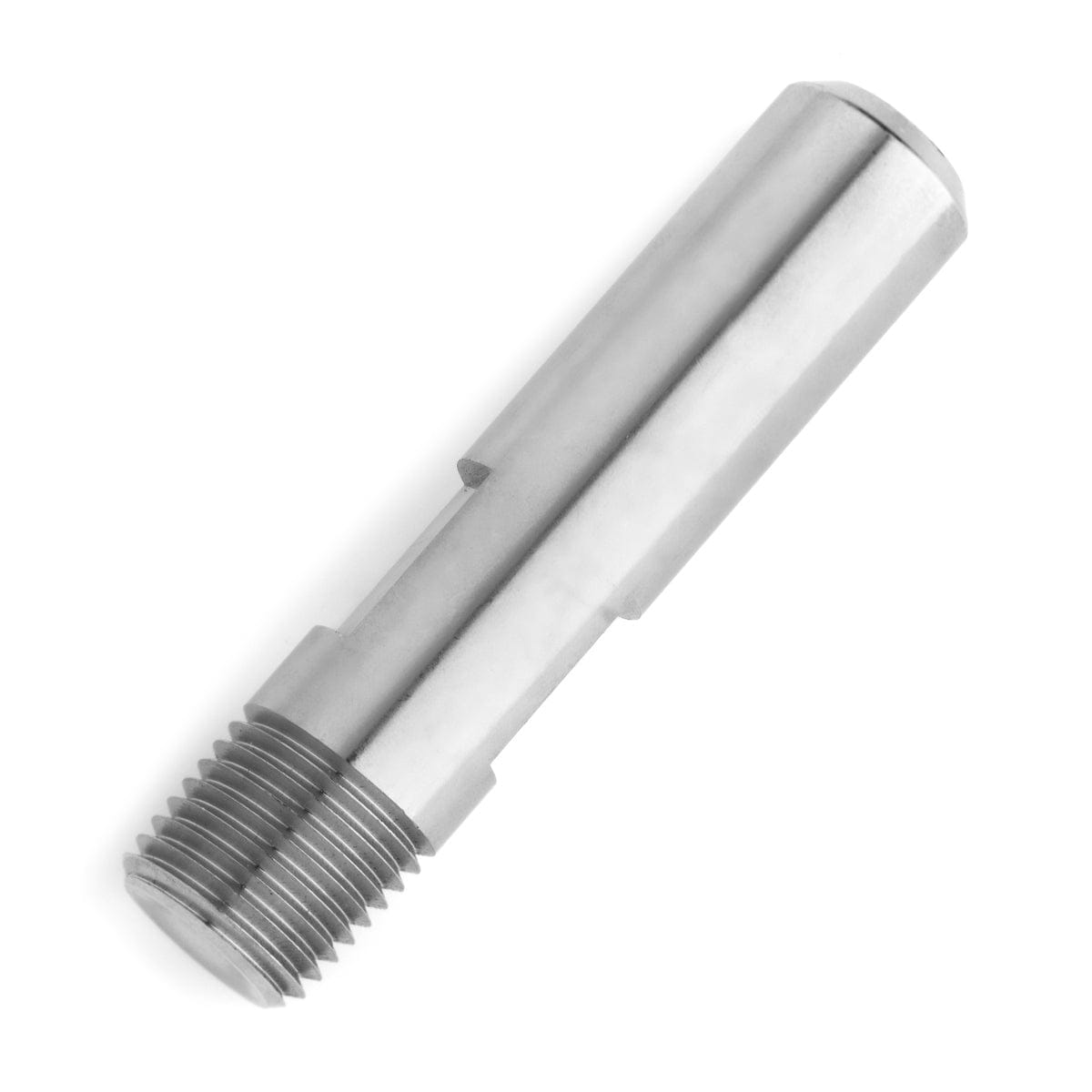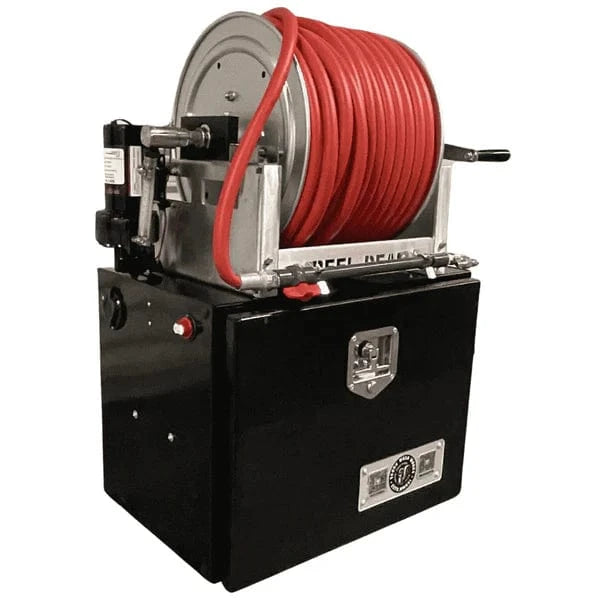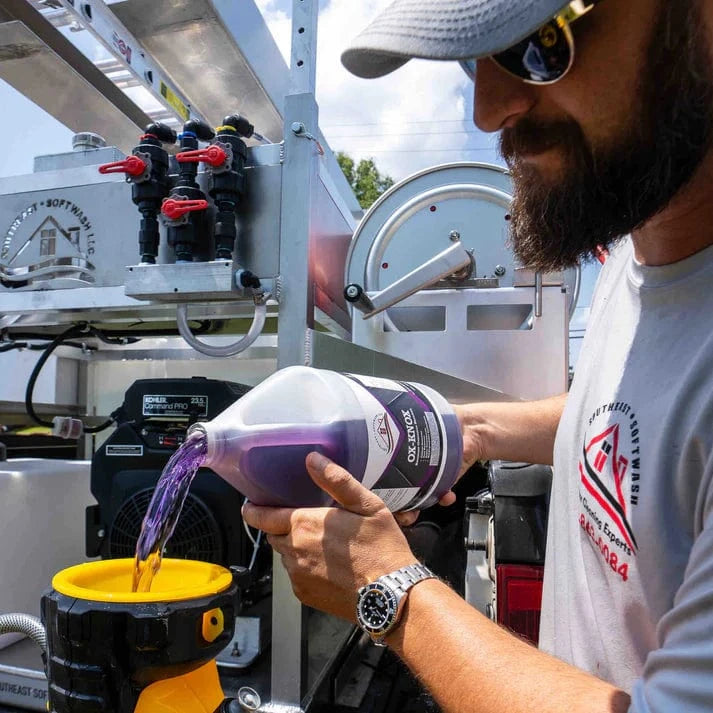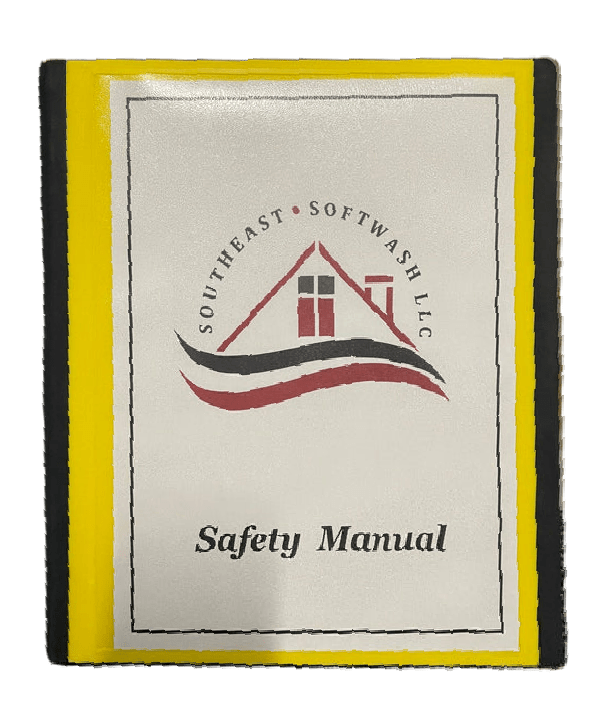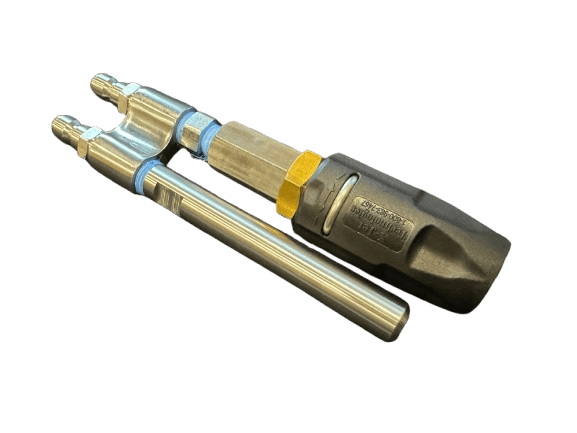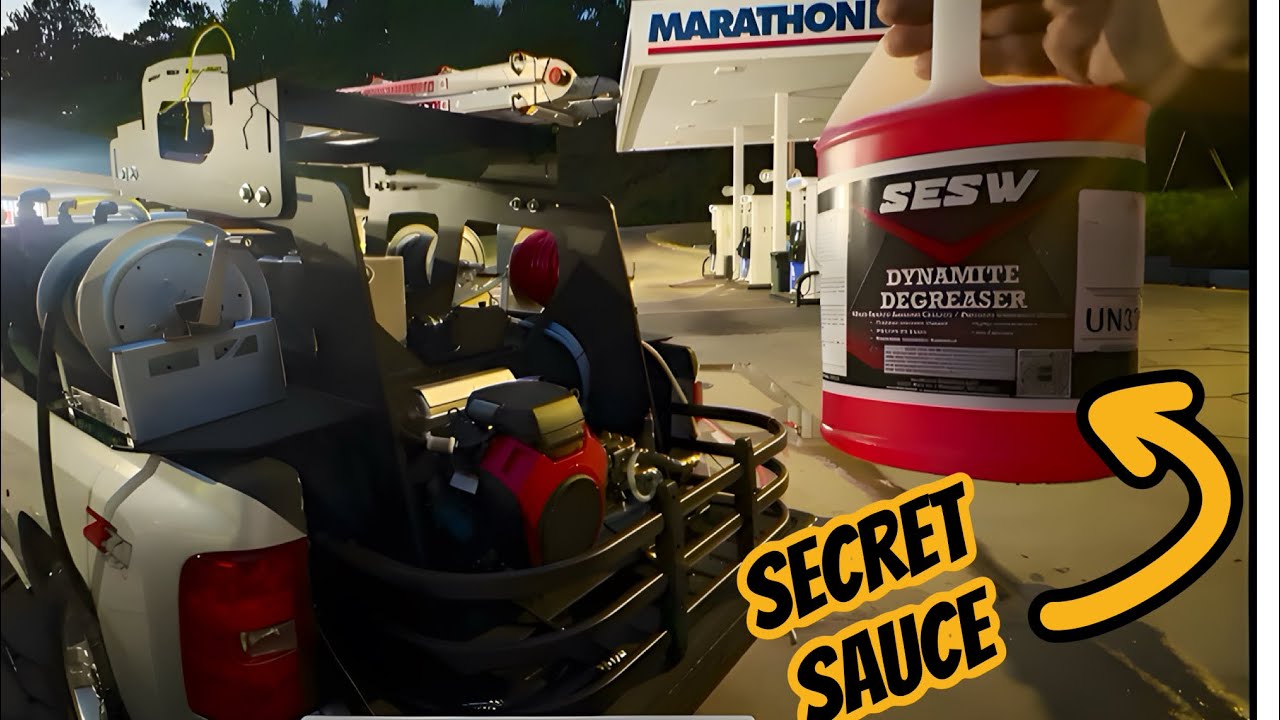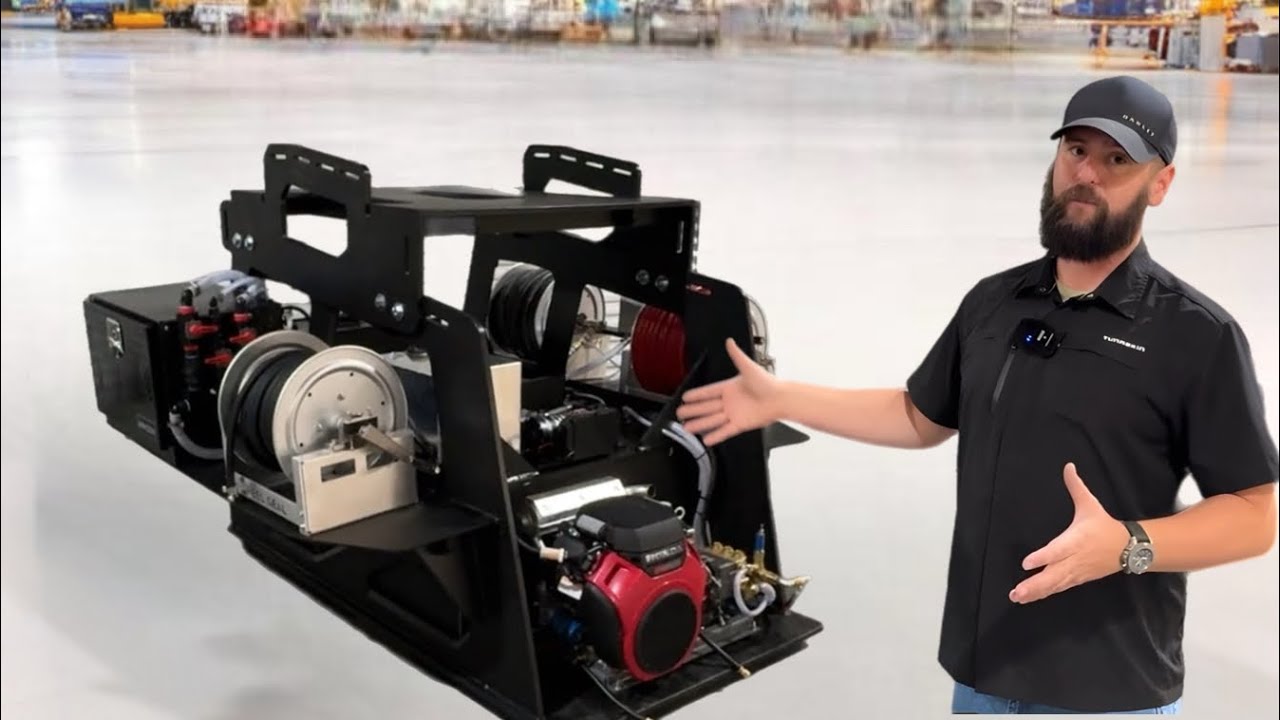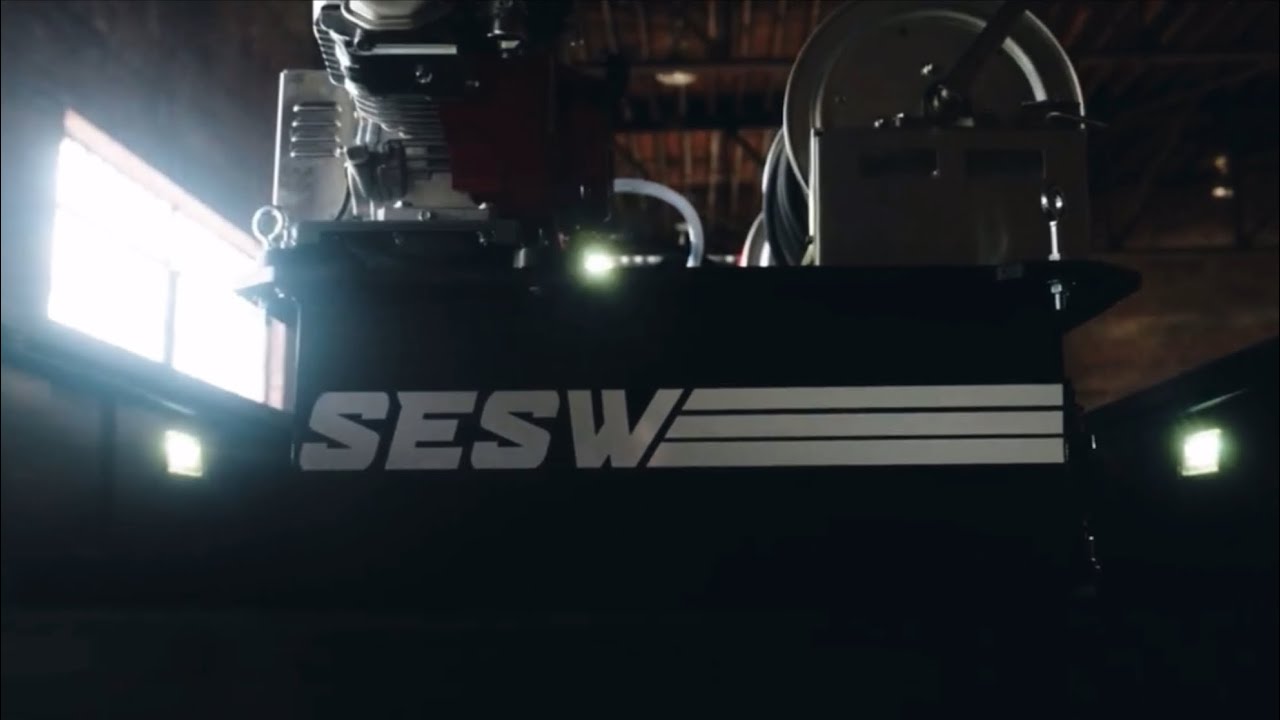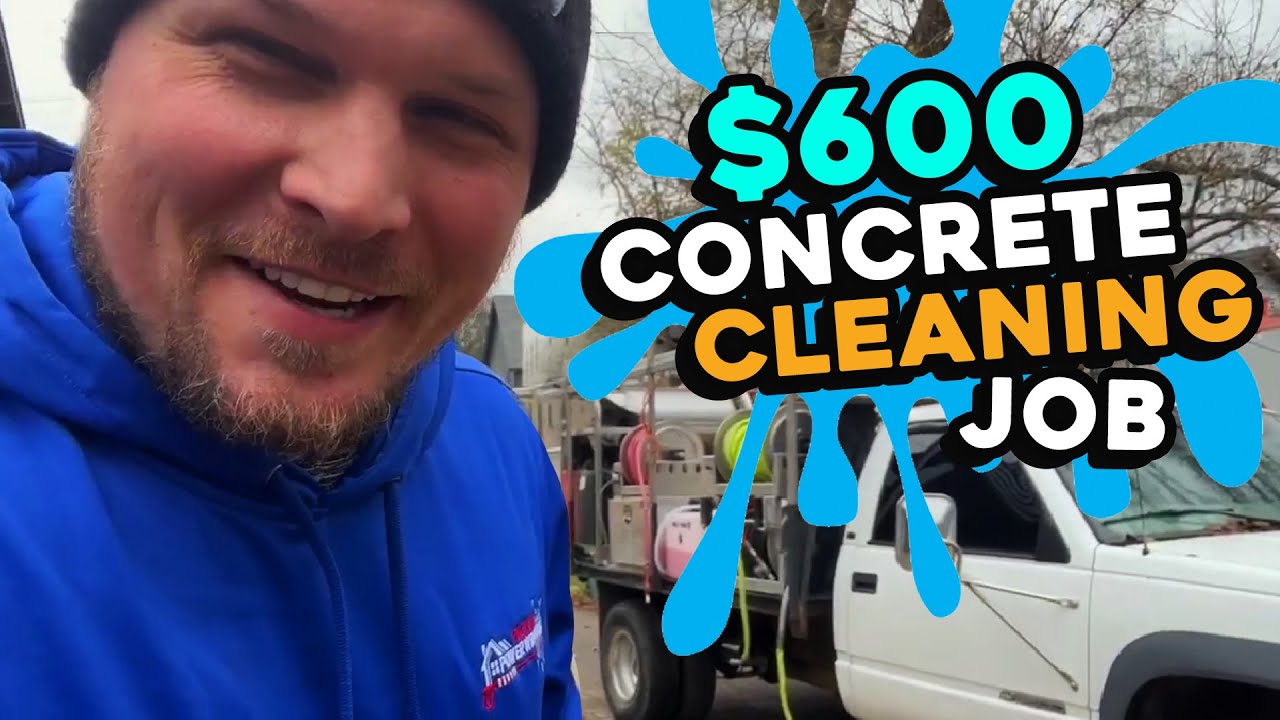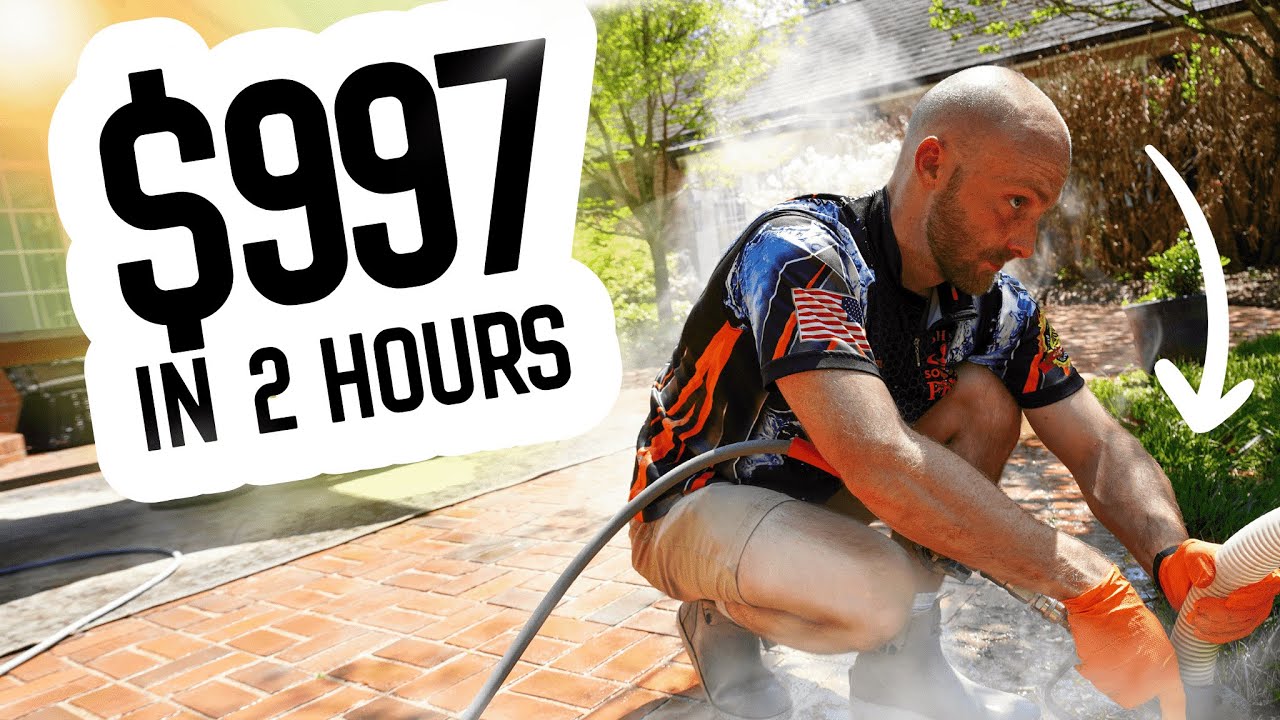Why Would You Want to Seal a Vertical Wall?
Sealing surfaces isn’t new—many contractors already seal flat surfaces like driveways and patios—but have you ever considered sealing a vertical wall?
You might be wondering, "Why would I even need to do that?"
Well, it depends on the results you’re looking for. Here are a few key benefits:
✅ Prevents water penetration – Stops moisture from seeping into porous surfaces like cinder block walls.
✅ Inhibits algae growth – Keeps surfaces cleaner for 3 to 5 years, reducing maintenance.
✅ Adds value to jobs – An easy upsell for homeowners who want long-term protection.
In today’s post, we’re sealing a very old cinder block wall that’s been standing since the 1950s. The wall is porous and cracked, making it a perfect candidate for sealing.
The Best Product for Sealing Vertical Walls
For this job, we’re using Super Seal from Southeast Softwash. This is an easy-to-use sealant that requires:
✔ No blending
✔ No catalyst mixing
✔ No special equipment
Super Seal dries flat and clear, meaning you won’t see any sheen or noticeable change to the surface. However, once water hits it, you’ll see it bead up instead of soaking in.
Step-By-Step Guide to Sealing a Vertical Wall
Step 1: Choose the Right Sprayer
For small projects like this, I always use a disposable sprayer.
💡 Why?
Some high-end pump sprayers require thorough cleaning after use—especially with sealants. If you don’t properly flush out the system, the pump will fail, fittings will clog, and you’ll have a mess on your hands at the next job site.
👉 Pro Tip: If you’re working on a larger project (like sealing 10,000+ square feet of concrete), you might need a better sprayer. But for small jobs, a cheap, disposable sprayer works best.
Step 2: Apply the Sealant Evenly
When applying Super Seal, simply:
1️⃣ Spray in even, overlapping strokes to ensure full coverage.
2️⃣ Allow the product to soak into the pores of the wall.
3️⃣ Avoid over-application—Super Seal penetrates naturally, so you don’t need to flood the surface.
Since this wall is very porous, it absorbs the sealant quickly, which is a good sign that it’s doing its job.
Step 3: Let It Dry & Test the Results
After letting the sealant cure overnight, we came back the next day to test it.
✅ We sprayed water on the surface…
✅ The water beaded up immediately instead of soaking in…
✅ Success! The wall is now protected for the next 3 to 5 years.
Why Super Seal Is the Best Choice
Unlike some catalyst-based sealers that require precise mixing, Super Seal is completely foolproof.
🚫 No callbacks due to streaky or uneven application.
🚫 No risk of sprayer malfunctions from clogged sealant.
🚫 No need for expensive equipment.
It’s simply a one-step application that gets the job done right.
Final Thoughts: Add Sealing to Your Services!
Sealing isn’t just for driveways and patios—vertical walls can benefit too! If a customer wants long-term protection from water and algae, sealing is an easy add-on that boosts your revenue.
🔹 Want to get your hands on Super Seal? Grab it at Southeast Softwash!
🔹 Interested in starting a pressure washing business? Check out the How to Wash course for expert training!
👉 Drop a comment if you have questions, and subscribe for more pro tips! 🚀



